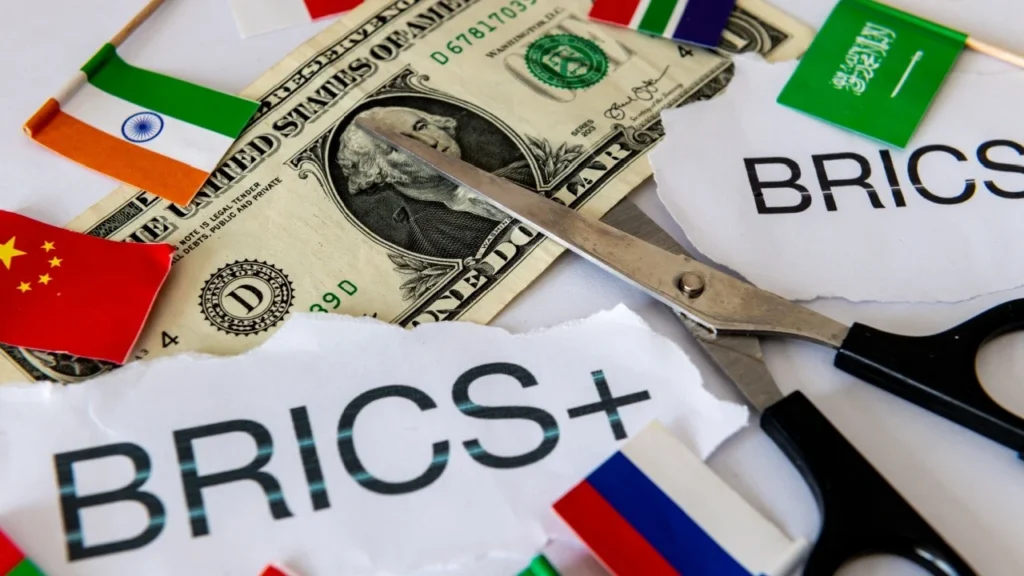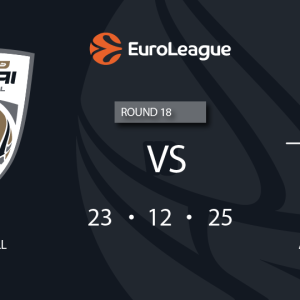The BRICS nations—Brazil, Russia, India, China, and South Africa—have long sought to challenge the dominance of the U.S. dollar in global trade. As discussions around de-dollarization gain momentum, experts are weighing in on the potential for a gold-backed currency to serve as an alternative to the current financial system. With mounting geopolitical tensions and economic shifts, the idea of a BRICS-backed currency is gaining traction, but is a return to gold the ultimate solution?
The Push for a BRICS Currency
For years, BRICS nations have explored ways to reduce their reliance on the U.S. dollar, which has been the primary currency for international trade and financial transactions. The push intensified with the imposition of Western sanctions on Russia, which highlighted the vulnerabilities of dollar-dependent economies. By creating an alternative currency, BRICS aims to establish a more equitable financial landscape that is less influenced by Western monetary policies.
A common currency for BRICS could potentially increase trade within the bloc, reduce exchange rate risks, and enhance financial stability. Some proponents argue that a gold-backed system would provide a robust foundation, ensuring stability and countering the inflationary risks associated with fiat currencies.

The Gold Standard: A Viable Option?
A gold-backed currency would mark a return to a monetary system where paper money is directly linked to a fixed quantity of gold. Historically, the gold standard was abandoned by major economies due to its constraints on monetary policy flexibility. However, in the face of growing concerns about fiat currency devaluation, some experts believe gold could provide a reliable store of value and a hedge against inflation.
A BRICS gold-backed currency could offer several advantages:

- Inflation Resistance: Unlike fiat currencies, which can be printed at will, a gold-backed currency would be limited by physical gold reserves, preventing excessive money supply expansion.
- Credibility and Trust: Gold has historically been seen as a stable asset, making a gold-backed currency more attractive for international trade and investment.
- Reduced Dollar Dependency: A stable alternative could shift global financial power dynamics, allowing BRICS nations to conduct trade without relying on the U.S. dollar.
However, there are significant challenges to implementing such a system:
- Gold Reserves and Distribution: While BRICS nations collectively hold substantial gold reserves, ensuring equitable distribution and backing the currency adequately remains a complex task.
- Liquidity and Flexibility: A gold-backed currency might lack the liquidity and flexibility of fiat money, potentially limiting economic growth.
- Adoption and Transition: Convincing global markets to shift to a new monetary system would require significant coordination and trust-building efforts.
The Geopolitical Implications
A BRICS currency, particularly one backed by gold, could have far-reaching implications for global finance. The dominance of the U.S. dollar has provided the United States with significant economic and political leverage, particularly through mechanisms like SWIFT and international trade agreements. A successful BRICS currency could erode this influence, providing an alternative for nations seeking to bypass dollar-based financial structures.
China and Russia, in particular, have been vocal advocates of reducing reliance on the dollar. China has steadily increased its gold reserves, while Russia has turned to gold as a safe-haven asset amid sanctions. Other BRICS nations also see potential benefits in reducing their exposure to dollar volatility.
A shift away from the dollar would also impact global trade agreements. Many countries, especially those in the developing world, have expressed interest in an alternative financial system that is not controlled by Western institutions. If a BRICS currency gains credibility, it could attract other nations to join or align with the bloc’s economic policies, leading to a fundamental shift in global trade dynamics.
Economic and Technical Challenges
The feasibility of a BRICS gold-backed currency depends on overcoming multiple economic and technical challenges. Establishing a new monetary system requires a consensus among member nations regarding the rules and mechanisms that will govern its implementation. Differences in economic structures, monetary policies, and growth trajectories among BRICS members make it difficult to create a one-size-fits-all solution.
Another critical issue is the valuation and exchange mechanism. Would the currency be directly convertible to gold, or would it function in a manner similar to previous gold-backed systems where only central banks could redeem it? A fully convertible currency would necessitate massive gold reserves, while a partially backed system might not inspire enough confidence in global markets.
Additionally, the question of digital integration arises. Some experts believe that a BRICS currency could leverage blockchain technology or central bank digital currencies (CBDCs) to facilitate transactions, improve security, and enhance transparency. A digital gold-backed currency could provide the best of both worlds—ensuring stability while allowing for modern financial innovations.

The Future of the BRICS Currency Initiative
Despite growing discussions, a BRICS gold-backed currency remains a theoretical concept rather than an imminent reality. While the idea holds appeal in addressing concerns over currency devaluation and financial sovereignty, implementing such a system requires overcoming significant logistical and economic hurdles.
In the short term, BRICS may focus on expanding trade using their existing national currencies and exploring digital payment mechanisms. China and Russia have already begun conducting trade in yuan and rubles instead of dollars, signaling a shift toward a multipolar financial system. India has also initiated bilateral trade agreements that bypass the dollar, strengthening regional financial autonomy.
One potential path forward is the creation of a BRICS reserve currency that is backed by a mix of commodities, including gold, oil, and other strategic resources. Such a basket-based approach could provide stability while avoiding the rigidity of a purely gold-backed system. It could also offer a broader appeal to other nations seeking an alternative to the dollar-dominated financial system.
As BRICS leaders continue their discussions, the question remains: Can a gold-backed currency truly revolutionize global trade, or will it remain an ambitious yet impractical vision? The answer may unfold in the coming years as economic and geopolitical conditions evolve.
In conclusion, while a BRICS gold-backed currency presents an intriguing alternative to the current financial order, its success depends on overcoming significant economic, logistical, and political challenges. Whether it becomes a reality or remains a theoretical aspiration will largely depend on the willingness of member nations to navigate the complexities of implementation and global acceptance.
Do follow Uae stories for more Updates
“Over 1,000 Gather in Dubai for Sahebaan UAE’s Grand Celebration”














